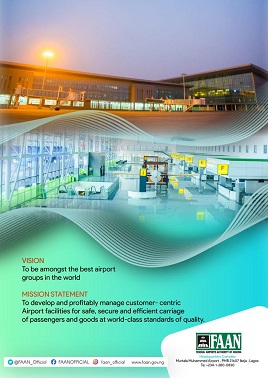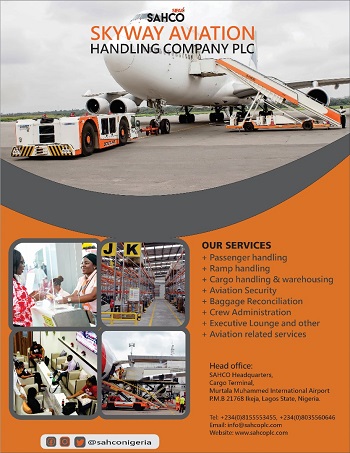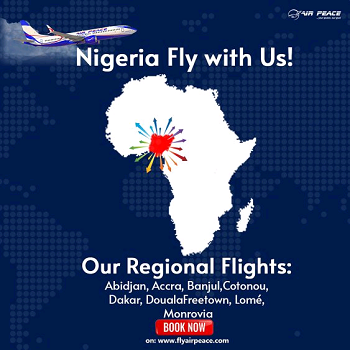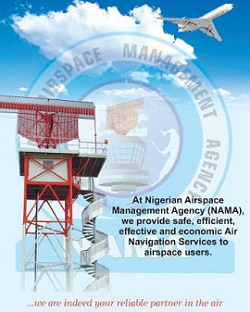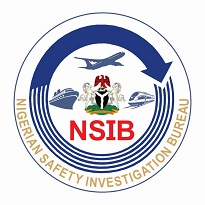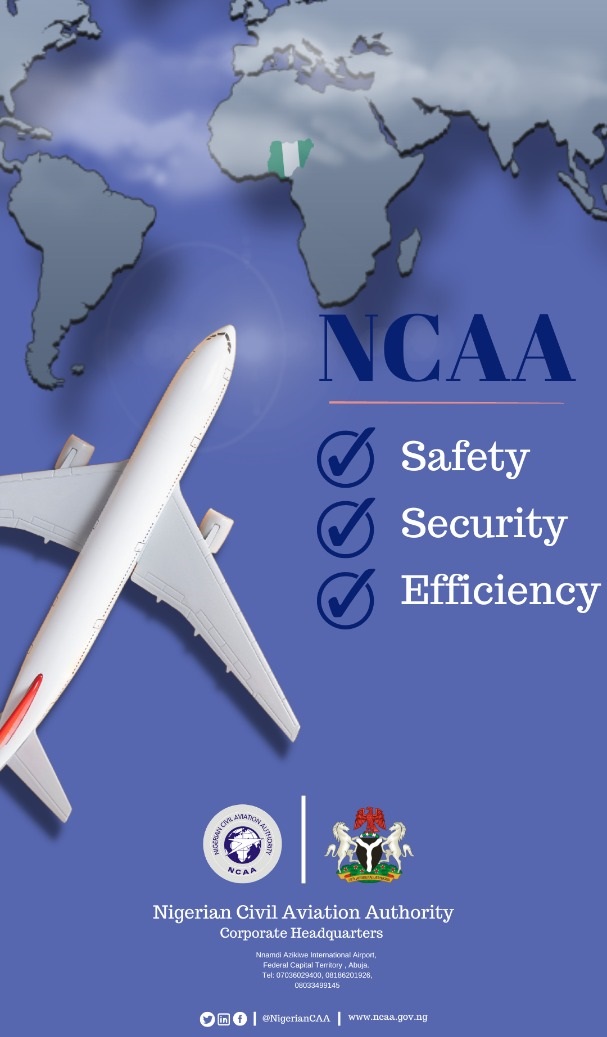
Acting Managing Director of Nigerian Airspace Management Agency (NAMA), Engr Lawrence Pwajok has said that economic realities in the agency is its major limitation to render navigational services beyond 12 hours daily in a domestic airport in the country.
Speaking as a panel discussant at the 26th Annual Conference of the League of Airport and Aviation Correspondents (LAAC), held at the Sheraton Hotels and Suites, Ikeja, Lagos last Thursday, Pwajok informed that the rising cost of providing navigational services at airport and Nigerian airspace, has made it uneconomical to provide a 24 hour Service at domestic airport because of one flight.
He however debunked the notion that NAMA is not able to provide 24 hour service at some domestic airports in the country because of absolete navigational equipment.
Pwajok insisted that at least category II ILS equipment is provided in every airport owned by Federal or State government in the country.
“NAMA is a 100 percent self-funded government agency providing air navigation services at federal, state and private airports in Nigeria at increasing cost and is also required to remit 25 percent of her gross revenue to the federation account; it is uneconomical for the agency to operate beyond 12 hours daily at a domestic airport just for a single flight,” he however assured, “NAMA has and would always grant extension of operational hours when the need arises.”
Just as he assured that the agency in collaboration with sister agencies, will be willing to extend the operational hours of busy airports like Enugu and Benin.
Pwajok, an Air Traffic Controller, argued that the idea of tagging some airports in the country as “sunrise” or “sunset airports” was misplaced, he said “almost all airports in Nigeria have instrument navigational facilities for approach and landing, meaning they are operating based on Instrument Flight Rules (IFR) and not based on Visual Flight Rules (VFR) where the pilots are required to visually approach and land within Sunrise to Sunset time.”
According to the CEO of NAMA, “apart from one or two private aerodromes, all federal and state government owned airports managed by the agency are equipped with Instrument Landing System (ILS), except where they are temporarily unserviceable or the Runway and Approach lights are unserviceable, but nevertheless you cannot refer to them as sunrise or sunset airports.”
Speaking further, Pwajok who noted that the agency has invested heavily on navigational facilities more than any other facilities, added that, “apart from Owerri and Calabar where the agency is working to install Category II Instrument Landing systems (CAT II ILS), and Jalingo that has no instrument landing system for now, basically all airports in Nigeria have a minimum of CAT II ILS, most of which were installed brand new, so there is nothing like obsolete navigational facilities.”
Pwajok said in a bid to tackle visibility issues in some airports during adverse weather, the agency commenced the implementation of Category III ILS in Abuja and Lagos airports while those of Katsina, Kano and Port Harcourt were being installed and would be ready before the end of 2022.
He noted that despite the high cost of diesel, the agency had always granted extended services to airlines which made such requests and will continue to do so. He also assured airlines that search and rescue services are also provided by NAMA during the hours of extension as the agency collaborates with sister agencies, National Emergency Management Agency (NEMA), and other critical stakeholders, saying that as long as an airport remained open, search and rescue will be available for the period of operation.
On how the agency was managing the single runway operation in Lagos as a result of ongoing repairs at runway 18 L /36 R, Pwajok said the agency has developed contingency procedures for a single runway operation as against the two runways, and that the installation of lighting at the runway would complement the CAT II ILS installed there in order to bring about 24 hours operation and also serve as backup for the international runway (18 R/ 36L).
“It is very important that we address this issue of domestic runway 18 Left which has been in the dark for 20 years. It is a difficult thing for the airlines, pilots and Air Traffic Controllers (ATCs), but we are coping with it, knowing that that is the only way we can increase operating capacity of the airport when we have two functional runways,”Pwajok said.


